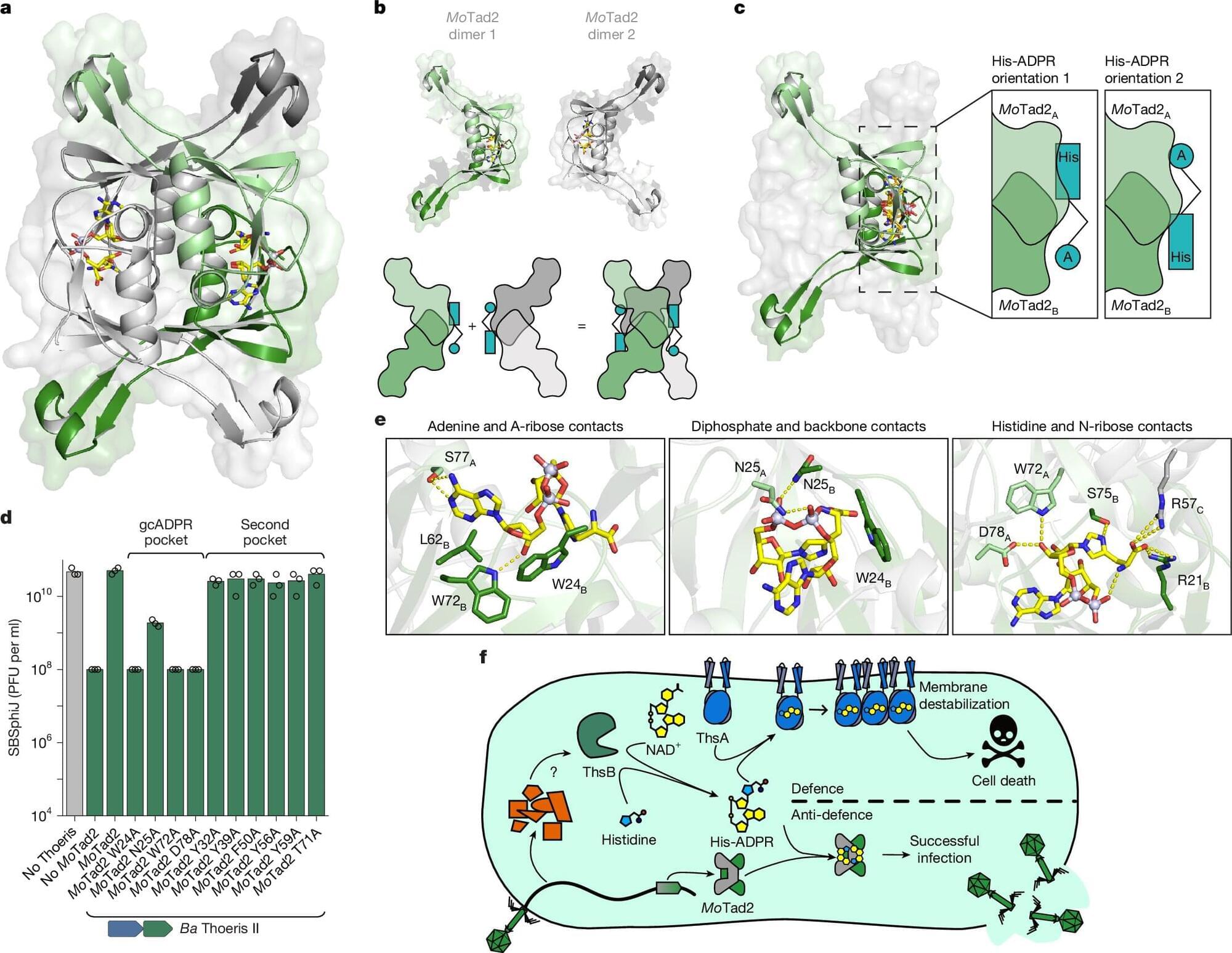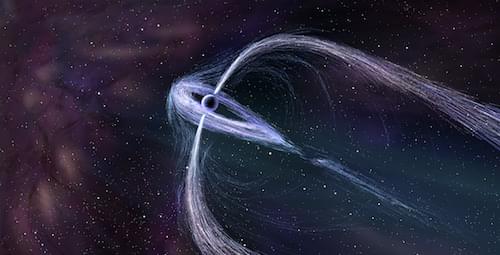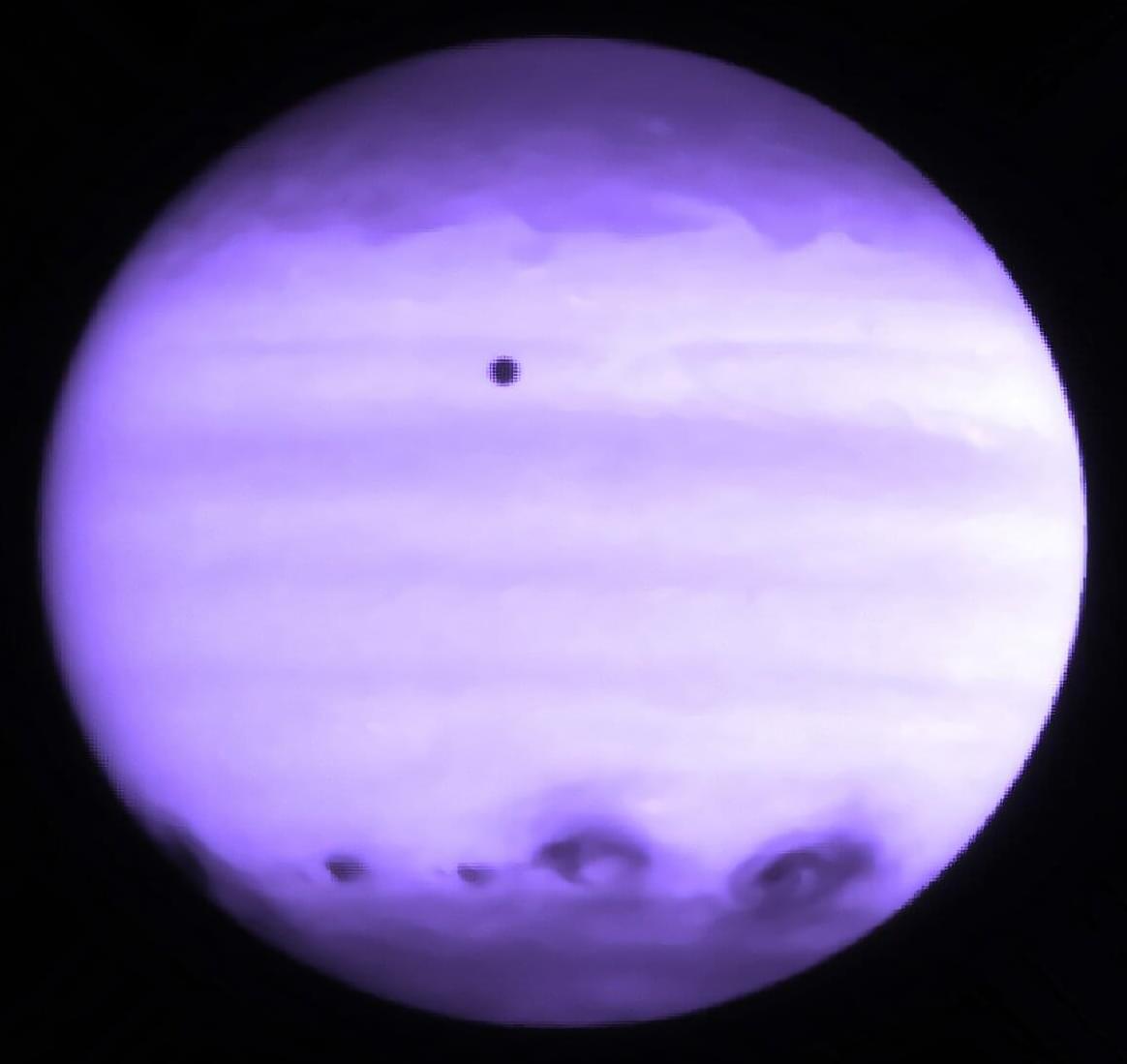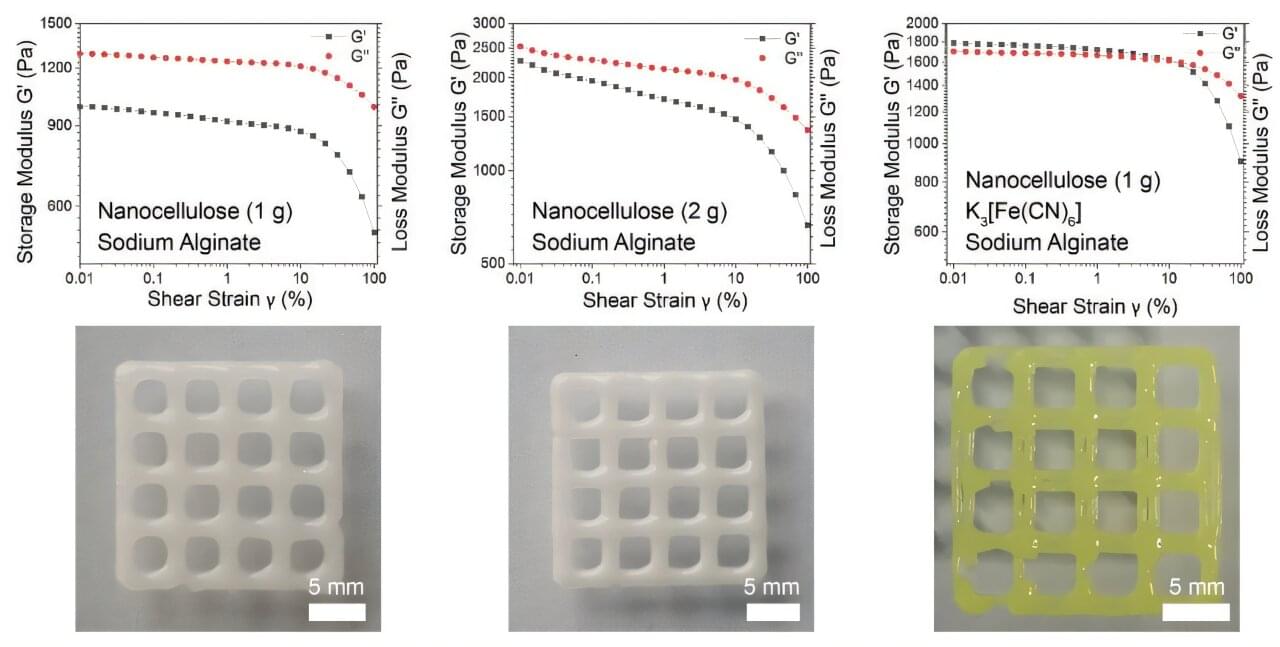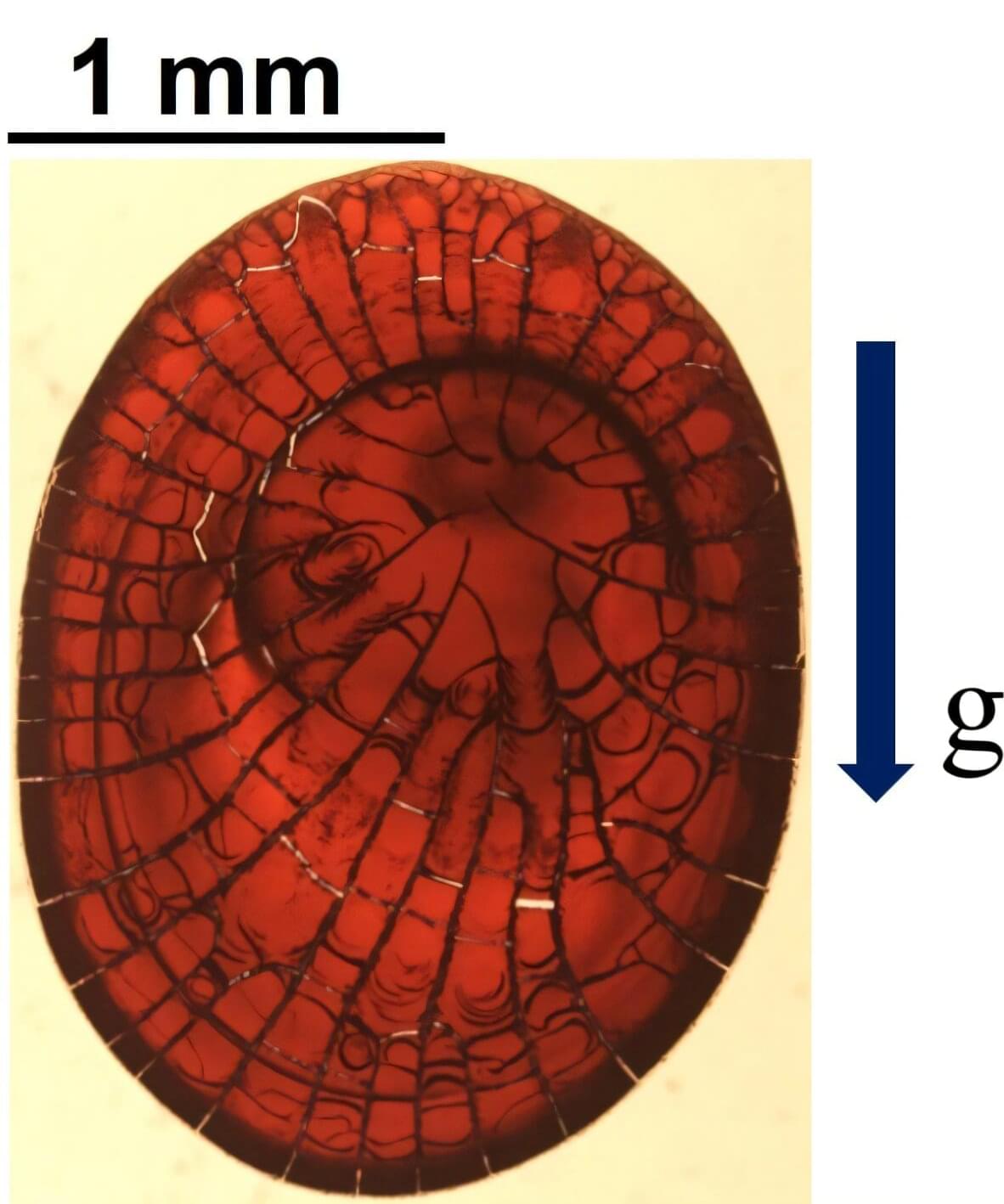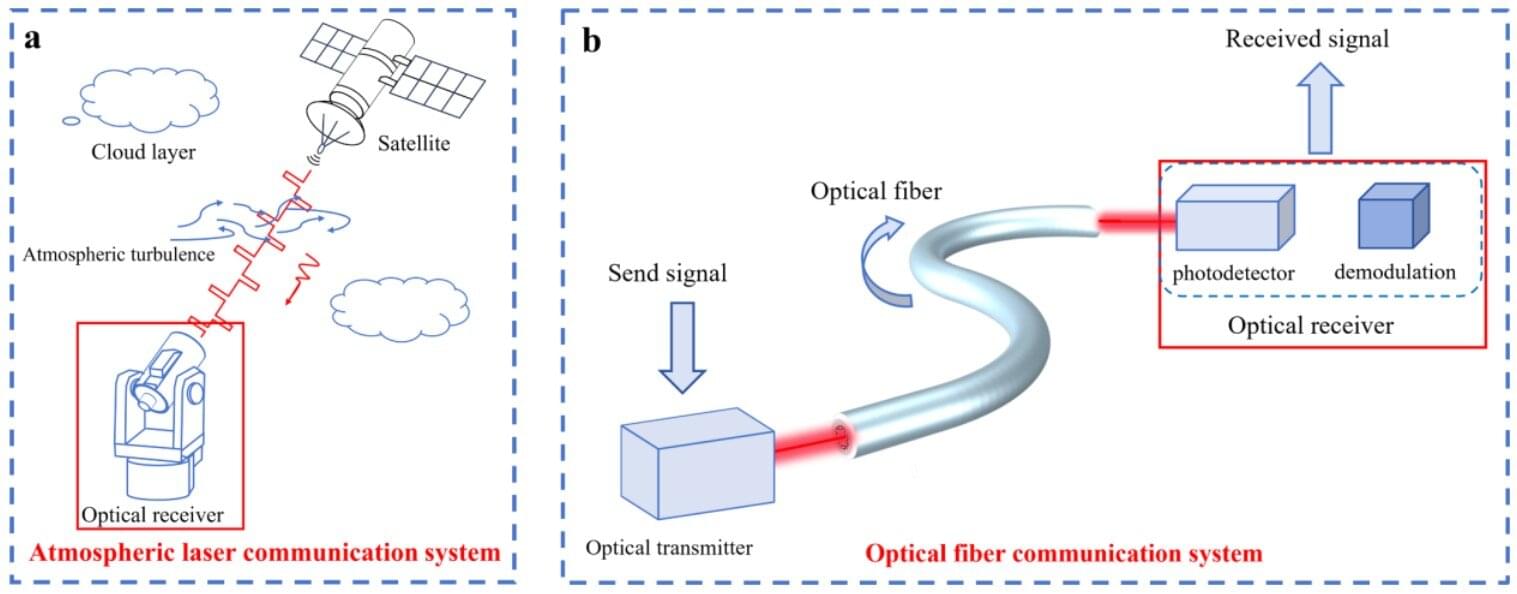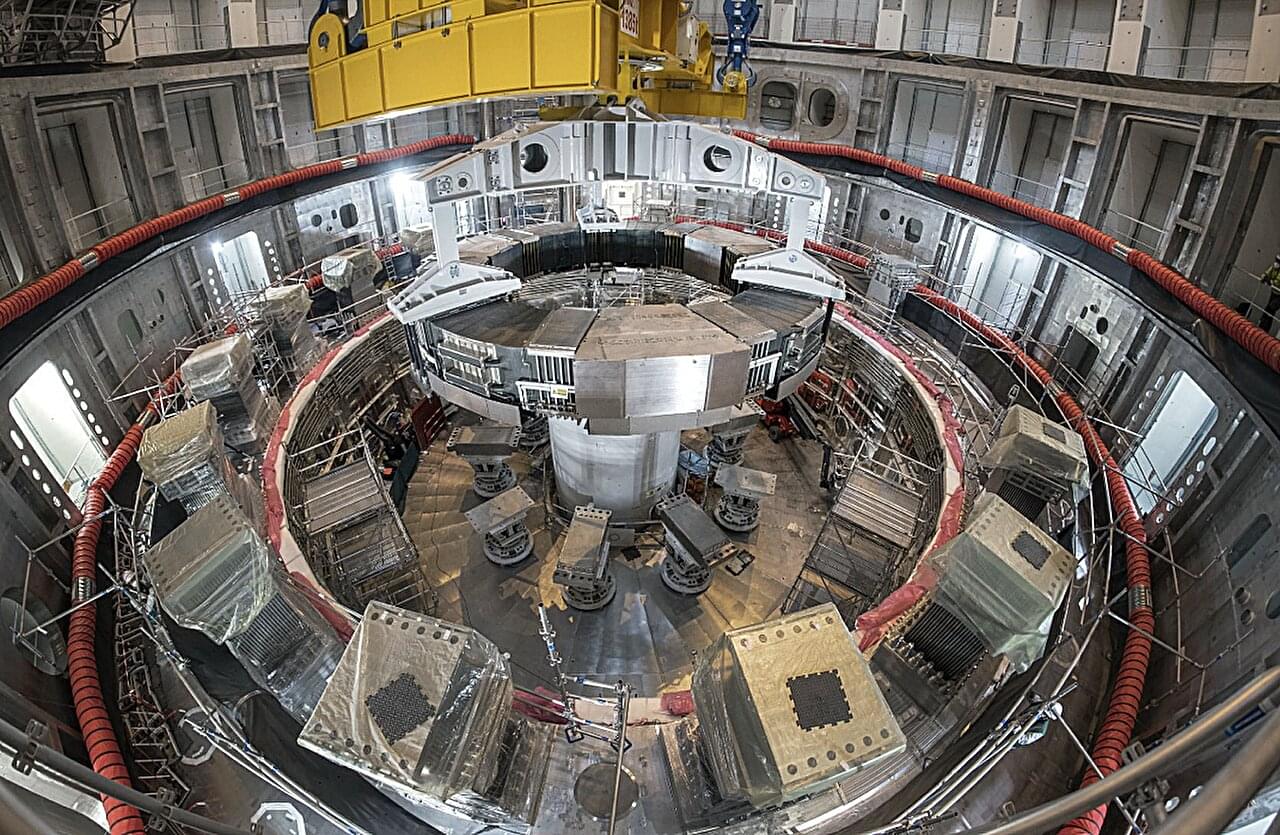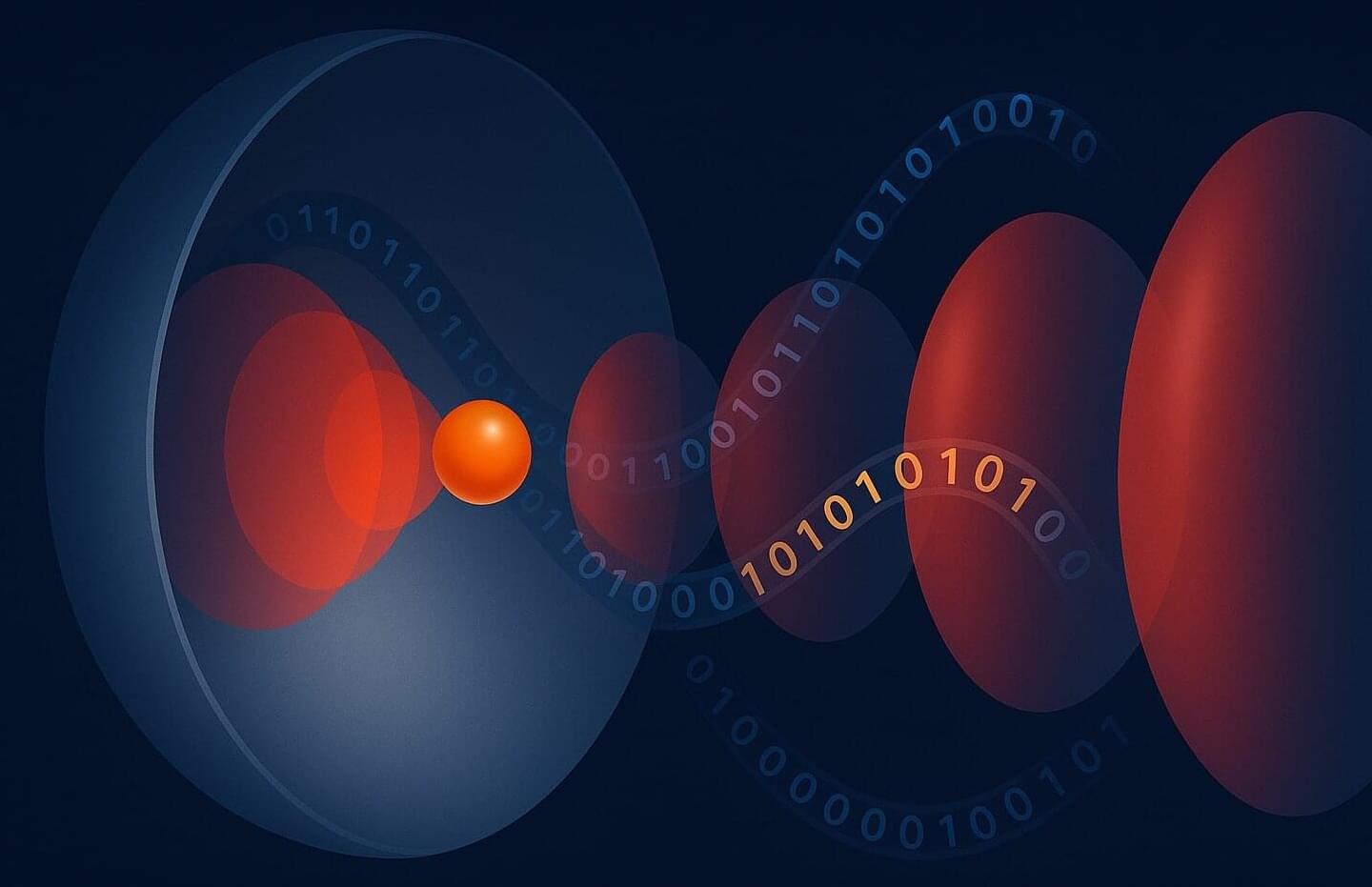A research team has uncovered a previously unknown type of immune signaling molecule—a novel compound combining histidine and ADP-ribose—produced by bacteria’s Thoeris II defense system in response to viral infection. This finding expands our understanding of bacterial immunity and may pave the way for innovative tools in biotechnology, gene editing, and antimicrobial therapy.
The paper, titled “TIR domains produce histidine-ADPR as an immune signal in bacteria,” is published in the journal Nature, and the team includes scientists at Vilnius University’s Life Sciences Centre (VU LSC), together with colleagues from the Weizmann Institute of Science (Israel) and Harvard Medical School.
The discovery sheds light on how bacteria, much like humans, communicate viral threats at the molecular level—in this case, triggering a self-sacrificing response to halt virus spread and protect bacterial populations. Beyond its fundamental significance, the finding opens exciting avenues for rethinking immune mechanisms and virus-host interactions.
